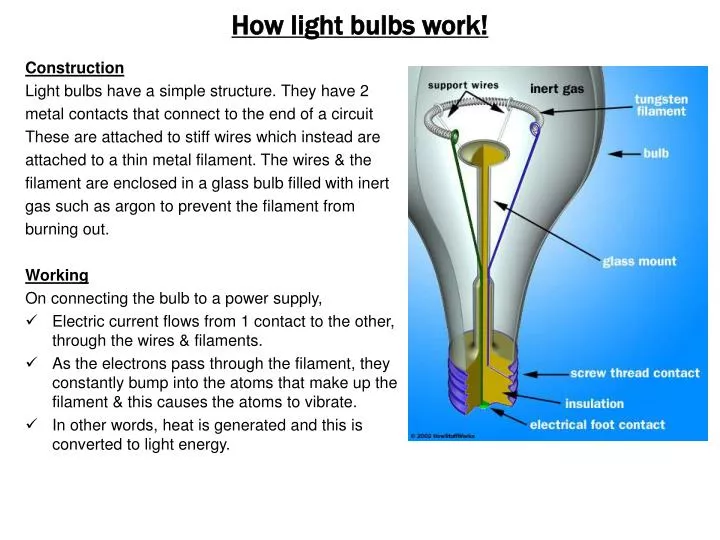

Simulate this circuit – Schematic created using CircuitLabĪ variable resistor with TWO leads has one connection to the end of the resistor track and the other to the "wiper". Since I was not allowed to have 2 editable schematics in an answer, the first was changed to a picture. To keep the plot readable, the trigger transformer only has a ratio of 1:5, in reality it is much, much higher. C2 would normally discharge through the Xenon tube and the cycle would start over again. I didn't model the Xenon tube, so the plots are not valid after the SCR fires. Note that since Circuit Lab doesn't have models for the SCR or Diac, equivalent circuits were used. With the 3rd lead connected, an open wiper will default to be the same as fully CCW, or fully CW. With only the wiper and one end connected, a intermittent wiper would cause infinite resistance. Why are all 3 leads connected to the potentiometer? It is an old habit of EEs. It has a very high turns ratio, 1:100, probably more. The trigger coil used to be sold by Radio Shack.

After C2 is discharged, the cycle repeats.

A higher value C2 will cause a brighter flash, but you won't be able to fire it as often. When the Xenon gas is ionized, it creates a path for C2 to discharge. This causes the SCR to conduct, which causes C4 to discharge through the trigger coil, causing a high voltage pulse on the trigger coil secondary, which ionizes the Xenon gas. C4 also quickly charges to about 160V.Ĭ3 slowly charges until the threshold of the diac is reached. THIS CIRCUIT CAN KILL YOU!Ĭ1/D1/D2/C2 are a voltage doubler. Too dangerous to be built in schools today. It is from my high school electronics class, 45 years ago. This circuit is probably similar to what you have.


 0 kommentar(er)
0 kommentar(er)
